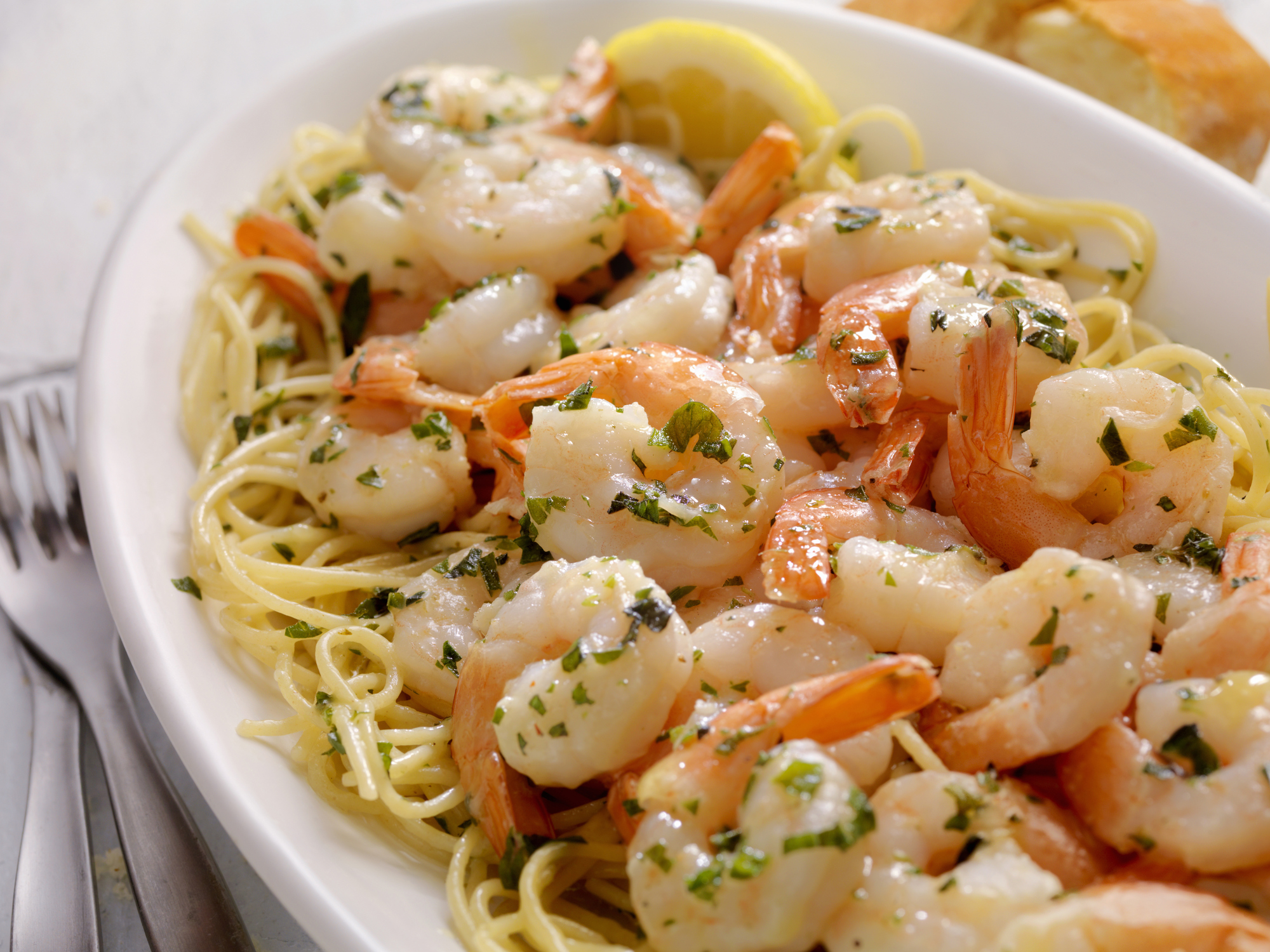
Source: LauriPatterson / Getty
via nationaldaycalendar:
Pick your sauce! National Spaghetti Day on January 4 recognizes that long, thin cylindrical pasta of Italian and Sicilian origin. Usually made from semolina flour, this pasta has been a worldwide favorite for ages and loved by millions.
There are a variety of different pasta dishes that are based on spaghetti from spaghetti ala Carbonara or garlic and oil to spaghetti with tomato sauce, meat sauce, bolognese, Alfredo sauce, clam sauce or other sauces. Spaghetti dishes are traditionally served topped with grated hard cheeses such as Pecorino Romano, Parmesan and Grana Padano.
The word spaghetti is plural for the Italian word spaghetto, which is a diminutive of spago, meaning “thin string” or “twine.”
American restaurants offered Spaghetti around the end of the 19th century as Spaghetti Italienne (which is believed to have consisted of noodles cooked past al dente and a mild tomato sauce flavored with easily found spices and vegetables such as cloves, bay leaves and garlic). Decades later, oregano and basil were added to many recipes.
There is significant debate on the origin of spaghetti. However, we do know that pasta has been consumed for many, many years. There are records in the Jerusalem Talmud of itrium, a kind of boiled dough, commonly available in Palestine from the 3rd to 5th centuries AD. A 9th-century Arab dictionary describes itriyyaas as string-like shapes made of semolina and dried before cooking. In an 1154 writing for the Norman King of Sicily, itriyya is mentioned being manufactured and exported from Norman Sicily. Dried pasta became popular in the 14th and 15th centuries due to its easy storage. People were able to store the dried pasta in ships when exploring the New World. A century later, pasta was present around the globe during the voyages of discovery. (Wikipedia)
CLICK HERE to read story












